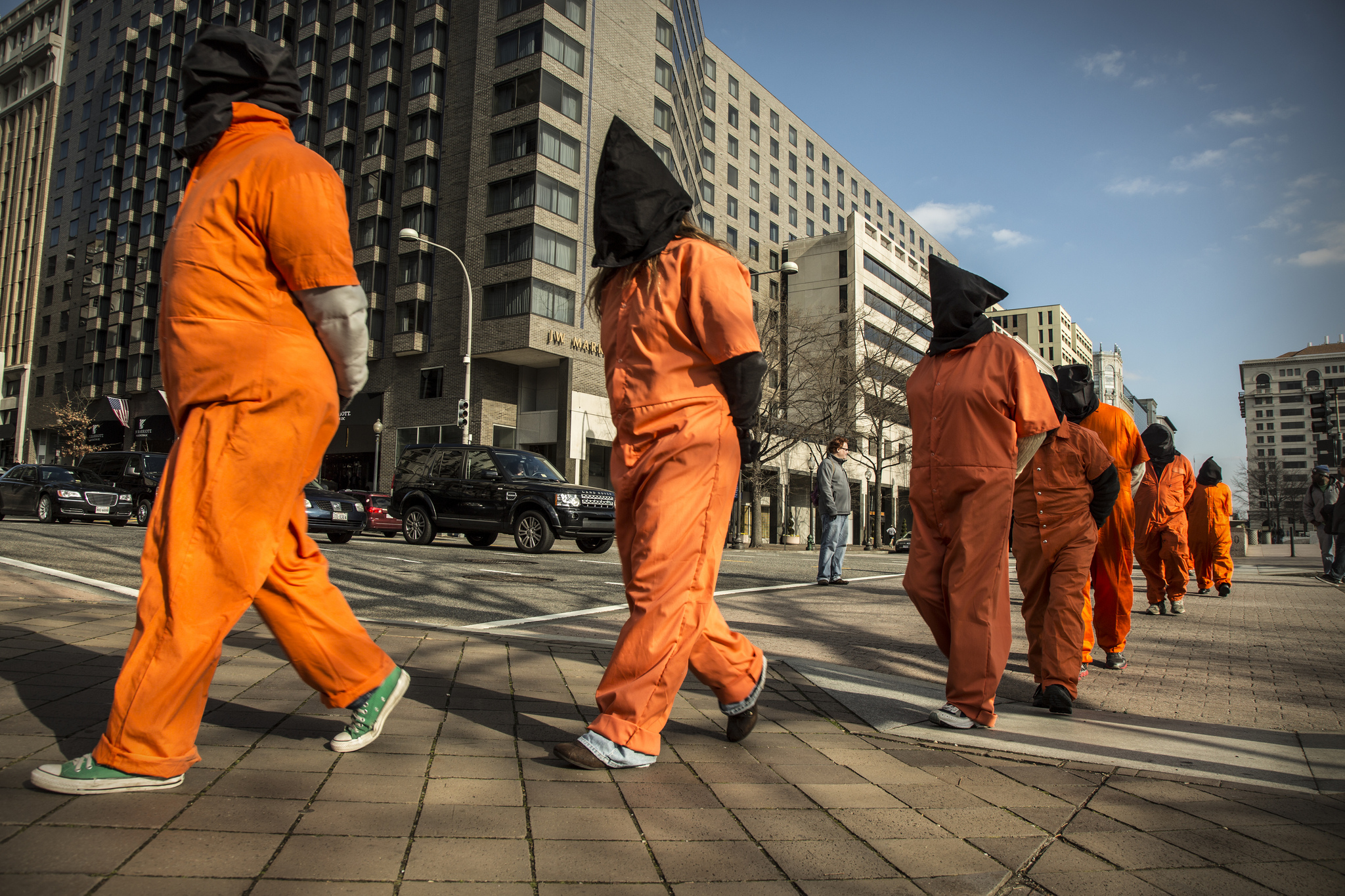Originally published at MintPress News.
WASHINGTON — Next month, the U.S. government will return to court again to prevent the release of thousands of photos of military personnel torturing detainees at Abu Ghraib and other sites in Iraq and Afghanistan that have been described as more horrific than the infamous Abu Ghraib torture photos.
It’s the latest round in a protracted legal battle that began in 2004 when the American Civil Liberties Union filed a suit demanding the release of some 2,000 photographs which were withheld by the government after it released the infamous images of Abu Ghraib, the Iraqi prison where U.S. soldiers tortured prisoners.
One photo is said to depict a mock execution, while another reportedly shows the body of a farmer shot who was by an American soldier while he was handcuffed.
The U.S. government has repeatedly argued that the images, which are believed to depict torture at Abu Ghraib and elsewhere in Iraq and Afghanistan at the hands of American soldiers, were so severely disturbing that their release would make U.S. forces vulnerable to retaliatory attack. In April, Eliza Relman, a legal assistant to the ACLU’s National Security Project, rejected this argument:
To allow the government to suppress evidence of abuse is to invite a recurrence of that abuse in the future.
The Bush and Obama administrations have both used a series of legal stratagems to block the photos’ release, including the Protected National Security Documents Act (PNSDA), a 2009 law that allows the secretary of defense to conceal any image for up to three years. Former Defense Secretary Robert Gates invoked the statute in 2009 to conceal all 2,000 images, and his successor, Leon Panetta, renewed the ban in 2012.
In March, Judge Alvin K. Hellerstein, a federal judge from the U.S. District Court in Manhattan ordered the release of all 2,000 images, giving the government 60 days to release the photos or file an appeal.
Faced with the prospect of further delays, the ACLU compiled a spreadsheet of everything it knows about the photographs. Relman highlighted a few of the horrors believed to be contained in the collection:
One photo shows an Iraqi teenager bound and standing in the headlights of a truck immediately after his mock execution, staged by U.S. soldiers. Another shows a group of soldiers forcing a detainee to look at pictures of lingerie-clad women. Another depicts the body of Muhamad Husain Kadir, an Iraqi farmer, shot dead at point-blank range by an American soldier while handcuffed.
The government filed an appeal on June 9, and oral arguments are scheduled to begin on Jan. 15 at the U.S. 2nd Circuit Court of Appeals in New York. In the appeal, the government argued that the PNSDA allows the secretary of defense to overrule Freedom of Information Act requests and even court orders like those issued by Judge Hellerstein. In the ACLU’s Aug. 6 response, they argue that this represents a drastically overbroad interpretation of the law:
This Court should now reject DOD’s extreme argument, which fundamentally misunderstands the role of the judiciary in FOIA cases. While the PNSDA allows DOD to withhold certain photographs under Exemption 3 to FOIA, it nowhere seeks to eliminate, limit or even alter the power of Courts to exercise the power of judicial review that is explicit in FOIA.
Jameel Jaffer, the deputy legal director at the ACLU and the director of the ACLU’s Center for Democracy, concurred in a January editorial, arguing that the government cannot be allowed to use terrorism as an excuse to hide unethical and illegal behavior:
To accept the argument, at least in the absence of a specific, credible threat directed against specific people, is to give the government far-reaching power to suppress evidence of its own misconduct. And the worse the misconduct, the stronger would be the government’s argument for suppression.
